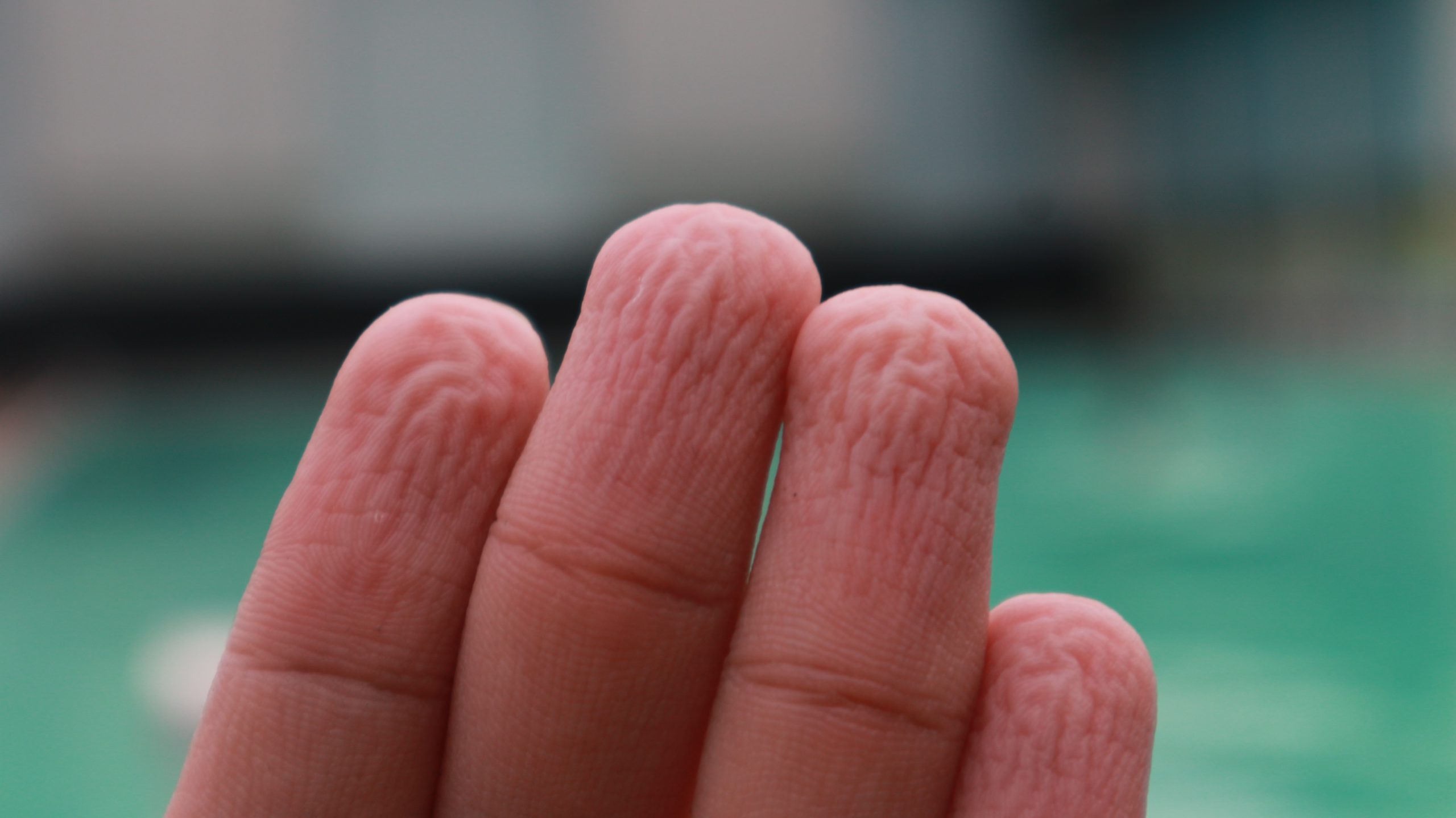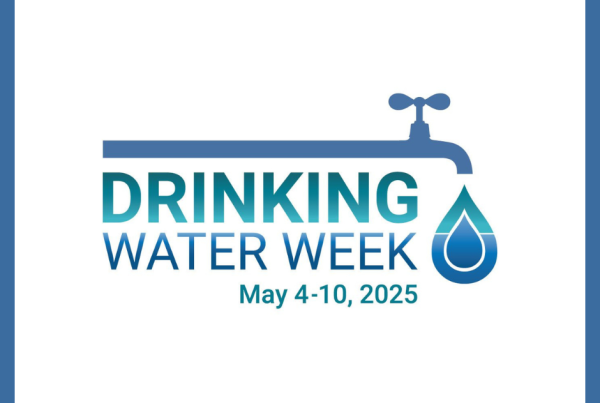
What’s behind pruney fingers and toes after a long swim?
As summer rolls around, many of us flock to the beach or dive into the pool. While relishing the refreshing water, you’ll undoubtedly notice a curious phenomenon: your skin begins to wrinkle after spending a bit too long in the water. Have you ever wondered why this happens? Recent research sheds light on this age-old question, revealing the fascinating biology behind those wrinkly fingers and toes.
For years, the common belief was that prolonged exposure to water swelled the skin, leading to that characteristic wrinkling. However, that theory remained largely untested until Binghamton University Associate Professor Guy German and his team explored the topic in detail. Their research provides insights that challenge our understanding of this biological response.
German and his team discovered that when you submerge your hands or feet in water for an extended period, a decrease in salt levels within the skin causes your body to constrict the blood vessels in your extremities. That response gets triggered by the reduction of salt levels within the skin.
Here’s how it works: after some time in the water, the sweat ducts open up, allowing more water to enter the skin. That influx decreases the salt concentration in the skin, which sends signals through nerve fibers to your brain. In response, the autonomic nervous system constricts the blood vessels, reducing the overall volume of skin and leading to the visible wrinkling effect.
Think of it like this: when grapes dry out and lose water, they become raisins, which are wrinkled because they have lost more volume than surface area. Similarly, the constriction of the blood vessels reduces the skin’s volume, creating those distinct wrinkle patterns we see.
The identical mechanism explains why your skin may appear paler while you’re swimming or soaking in the tub. The narrowing of blood vessels deprives the skin of blood flow, resulting in a lighter complexion. In contrast, when you step into a hot bath, the opposite happens. The heat causes blood vessels to dilate, flushing the skin with more blood and giving it a rosy glow.
Interestingly, nerve damage can prevent the wrinkling response from occurring. If the nerve fibers don’t send the signal to constrict the blood vessels, the skin remains smooth and unwrinkled, even after extended exposure to water.
Far from a mere aesthetic quirk, water-induced wrinkling reveals the intricacies of our body’s responses and is a brilliant reminder of how closely our systems interact. So this summer, when you find your fingers and toes turning pruney during a swim, you can impress your friends with your knowledge of the phenomenon.


Water supply and resource protection.
Jones & Henry offers the services you need for a safe and clean water supply.




